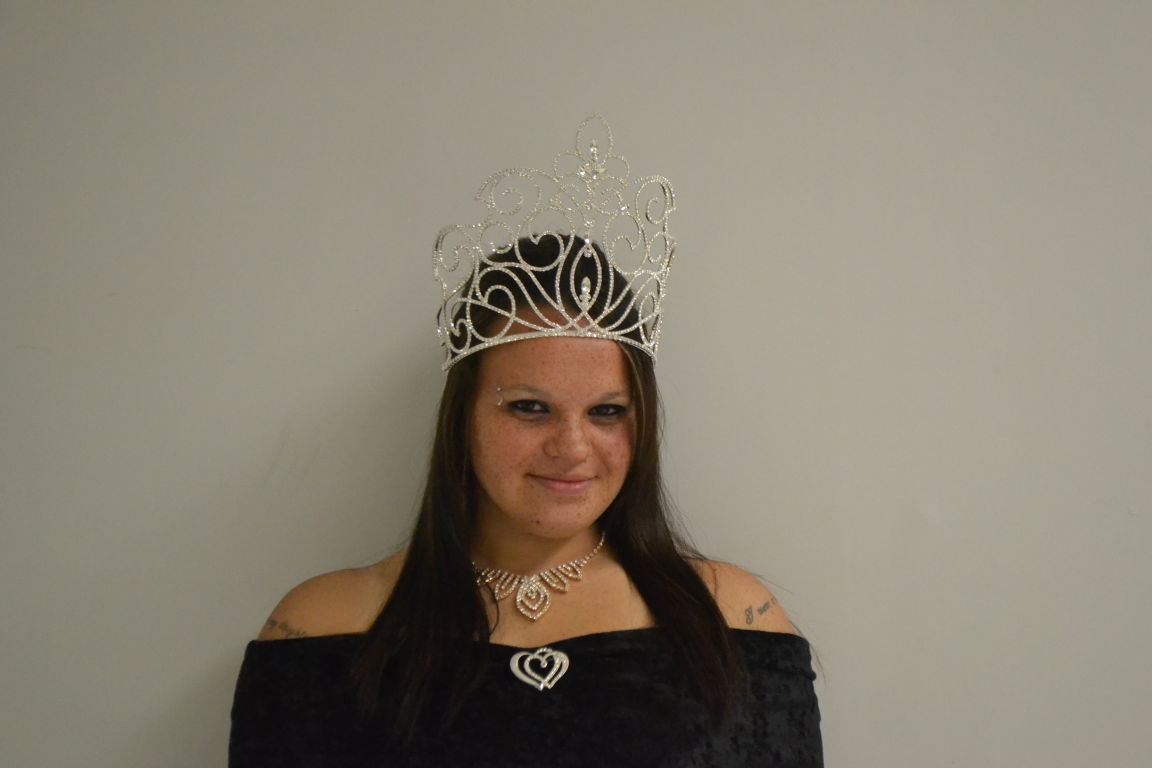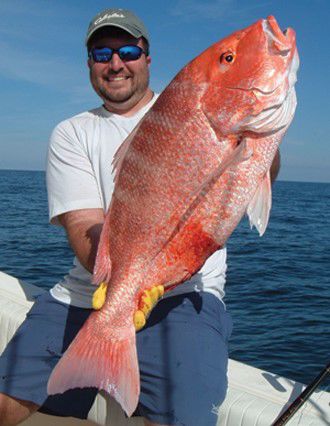
Krewe de Bonne Terre moves parade to Sunday
February 5, 2016
Mardi Gras morning hit and run proves fatal
February 10, 2016Most outdoor folks not only enjoy hunting, but they enjoy fishing, as well. Even though duck and deer hunting seasons end long before spring arrives, fishermen (and women) don’t have to wait until spring to pull out their fishing gear in lower Terrebonne and Lafourche Parishes.
In the coastal zones, we are fortunate to have access to the inland coastal marshes where many of our game fish species spend the winter. These species leave the deep waters of the Gulf of Mexico and head north for the winter—just the opposite of what human “snow birds” do. However, this northern migration works well for speckled trout and those who like to fish them.
These black-spotted, silver beauties migrate inland to the marshes which provide warmer water temperatures and food sources, as well as more “edge” in which the fish can hide. The specks make their way inland from the Gulf by way of bayous, canals, and trainasses; a journey that typically begins in September when the temperature starts to drop. Eventually, the trout make their way as far north as they can, stopping before they reach freshwater. Lake Decade, a shallow brackish lake in lower Terrebonne, is one of those winter stopping points for the speckled trout.
A well-kept secret for many years, Lake Decade is a now a well-known hotspot for both specks and speck fishermen alike. Historically, the trout are stacked up in this lake by about mid-November, and so are the boats. From then until the end of December, fishermen flock to the lake in droves in hopes of stocking the freezer with the sweet fillets. As is common, though, the numbers of fishermen dwindle as the weather gets colder; but those who don’t know any better might have given up too soon this winter, according to Richard Heigl of Houma.
“It’s been a warm winter so far, and I don’t think the fish stacked up in the lake as early this year because of that,” Heigl said. “We just finally had some cold mornings, so I expect the colder temps will push the fish up in Decade now.”
Whether it’s been a week, a month, or a year, many fishermen start out fishing the areas where they left them biting the last time they fished. We’re just creatures of habit, but the trout in Lake Decade are often elusive and don’t necessarily follow the same patterns in the lake every year.
According to Heigl, the trout historically held up in the drop-offs around the perimeter of the lake in winters past. Such is not the case so far this winter.
“This year, they aren’t in or near the drop-offs. They are way out in the middle on the clam beds. When the water is clear, you can see the shells on the bottom in about five to six feet of water. If the water isn’t clear enough to see bottom, you can hear the shells when you put down the anchor. Once they arrive, there are plenty of trout in the lake, but you just gotta find ‘em,” says Heigl.
Here are a few things to consider when “looking” for the winter specks in Lake Decade:
First, determine the wind direction, then go to the leeward side of the lake, find some clear water, and put the wind at your back. Second, drift, letting the wind push you along, or use the trolling motor to keep the wind at your back. Third, make sure each person in the boat is fishing with a different color lure and/or different method–meaning without and with a popping cork and at different depths under the cork—until you start catching.
After catching a few fish in one area, make a visual note of that spot, (or mark it on your GPS), make a wide circle back to and just beyond that spot, and put down your anchor within casting distance of the spot. If the bite shuts off after you’ve dropped anchor, pick up and drift until you find the fish again. If you don’t like to anchor, then drift over that spot again and again until you either catch your limit or the fish stop biting. If you make five drifts over that area and catch five trout each drift, you then have your limit of 25 specks!
Now that you’re ready to try your luck in Decade before the trout head south in the spring, you need to arm yourself with the preferred baits, and you have a choice. According to Andrew Stevens, of Lockport, the specks ate up the natural color Vudu Shrimp three feet under a popping cork on the northwest side of the lake a couple weeks ago. Heigl swears by the secret bait he would not reveal but also said the trout bite on swim baits like the Matrix Shad in the light colors with chartreuse tails. As for me? When I can’t get them to bite, I resort to my old go-to bait—the chartreuse Sparkle Beetle with the red eye.
When rigging plastic baits like the Sparkle Beetle, you must consider the color and weight of the jig head. Often, the trout in Decade are very picky. Nobody knows why, but sometimes it comes right down to the color of the jig head. In the winter, it seems either a 1/8 ounce plain lead jig head or a chartreuse jig head work best. If the guy beside you is catching, and you’re not, don’t be stubborn—go ahead and switch to the same jig head and plastic bait he is using, and get your fish on!
Heigl continues, “I’ve caught a couple five and six pounders in the lake already this winter, and I plan to fish until March. As it gets colder, they might move into those drop-offs again, but I’ll find ‘em.”
So, if you thought you already missed the winter trout bite in Lake Decade, don’t fret. You still have a chance to get out there and catch you a mess of those speckled beauties. Just remember, though, fishing for specks is like cooking a gumbo—everybody has their favorite way of doing it!
——-
Wendy Wilson Billiot is a freelance writer, wetland educator, and owner of Beyond the Bayou Excursions. To contact, visit bayouwoman.com.








